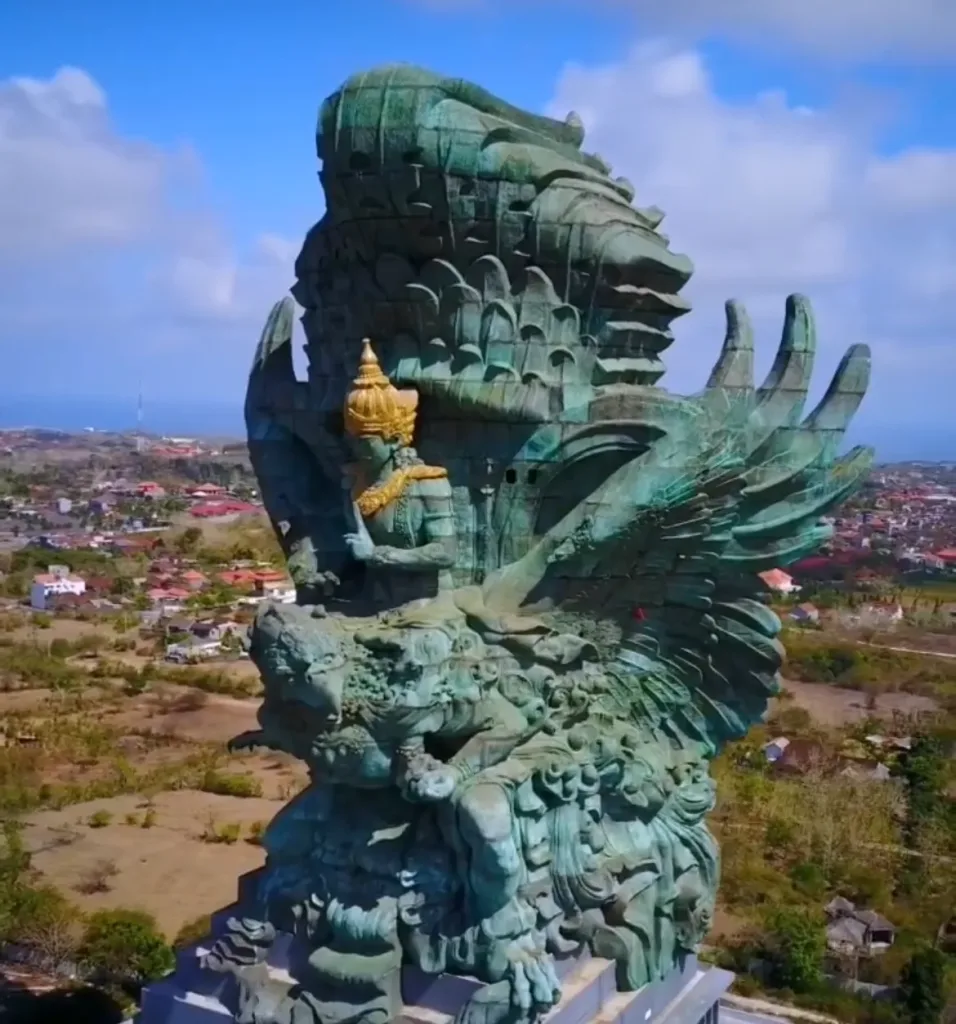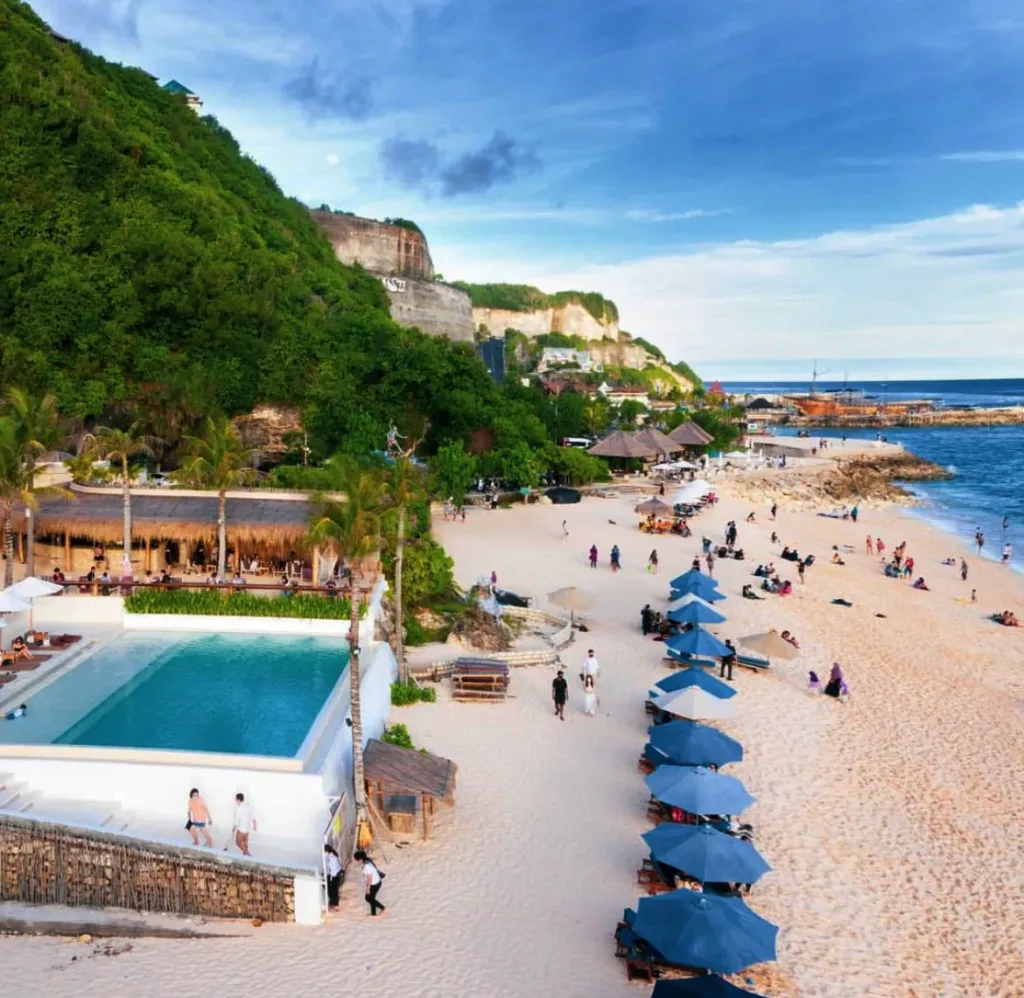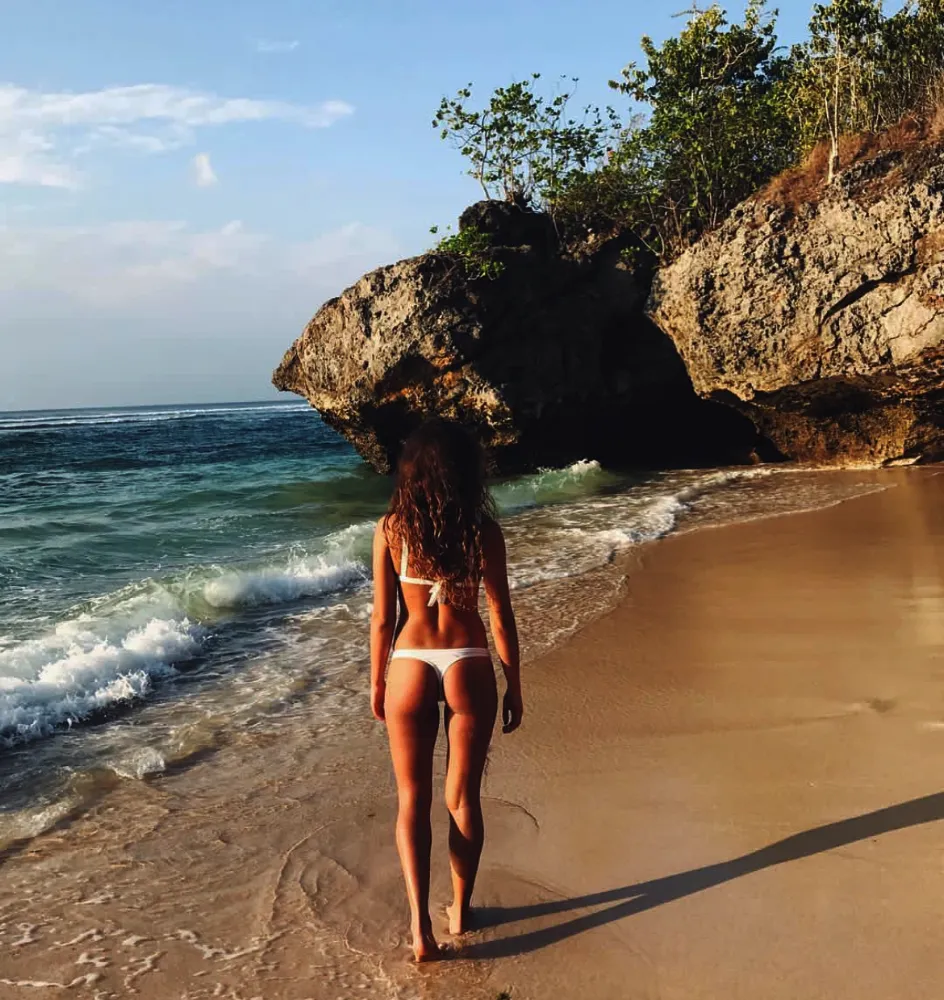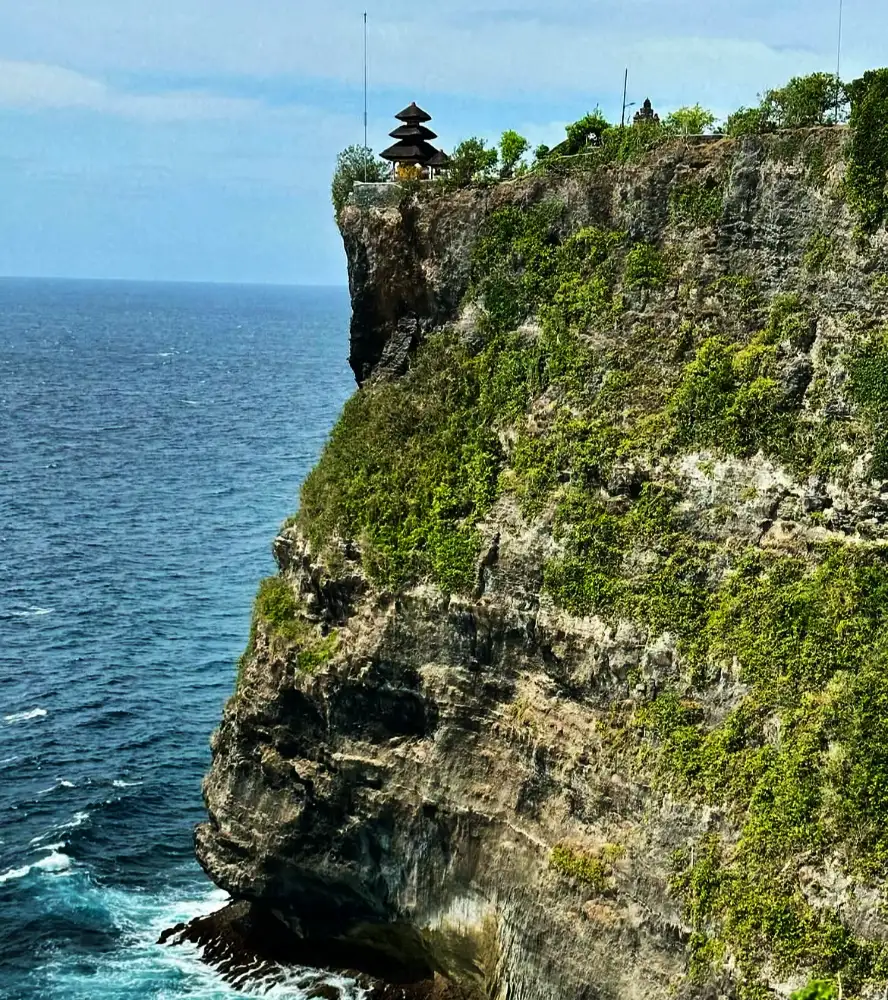Rent Car In Nusadua Bali

Bali, renowned for its enchanting landscapes and rich cultural tapestry, beckons adventurers to uncover its hidden gems. For those seeking the ultimate freedom to explore at their own pace, a self-drive car rental is the key. In the heart of Bali, Nusa Dua serves as the perfect starting point for your journey. Join us as we delve into the seamless and thrilling experience offered by BaliSakti Car Rental, unlocking the treasures of Bali through the lens of your own self-drive adventure.
Unveiling BaliSakti Car Rental:
1. Quality Fleet:
- BaliSakti Car Rental boasts a diverse fleet of well-maintained vehicles, ensuring a smooth and comfortable journey.
- Choose from a range of options, from compact cars to spacious SUVs, catering to your specific travel needs.
2. Transparent Rental Process:
- Enjoy a hassle-free rental process with transparent terms and conditions.
- Benefit from competitive pricing and inclusive packages, eliminating hidden fees and surprises.
Nusa Dua’s Charms Awaiting Your Discovery:
1. Beachfront Bliss:
- Cruise along Nusa Dua’s picturesque coastline, visiting iconic beaches such as Geger and Mengiat.
- Take in the breathtaking ocean views and perhaps indulge in water sports for an added thrill.
2. Cultural Oasis:
- Immerse yourself in Nusa Dua’s cultural scene by exploring the Museum Pasifika and the Puja Mandala complex.
- Witness the fusion of art, history, and spirituality in these enriching cultural landmarks.
Self-Drive Bliss: Tips for a Memorable Journey
1. GPS Navigation:
- BaliSakti Bali Car Rental equips you with reliable GPS navigation, ensuring you never lose your way.
- Seamlessly navigate through Bali’s diverse terrain, from coastal roads to lush interiors.
2. Local Insights:
- Benefit from BaliSakti’s local insights, providing you with insider tips on lesser-known gems and authentic experiences.
- Discover charming villages, local markets, and hidden eateries off the beaten path.
3. 24/7 Support:
- Enjoy the peace of mind that comes with BaliSakti’s 24/7 customer support.
- Assistance is just a call away, ensuring a stress-free journey as you explore Bali’s wonders.
Beyond Nusa Dua: Unforgettable Destinations
Garuda Wisnu Kencana Bali Culture Park

GWK, which stands for Garuda Wisnu Kencana, is a cultural park located in Bali, Indonesia. It is one of the island’s iconic landmarks and a significant cultural and artistic destination. Here’s an overview of GWK Bali Culture Park:
1. Background:
- Location: GWK is situated in the southern part of Bali, in the Ungasan village, Jimbaran. It’s easily accessible from popular areas like Kuta and Nusa Dua.
- Purpose: The park was conceived as a cultural park to celebrate and preserve the art and cultural heritage of Indonesia, particularly Bali.
2. The Iconic Garuda Wisnu Kencana Statue:
- Statue Description: The centerpiece of the park is the Garuda Wisnu Kencana statue, depicting the Hindu god Vishnu riding on the mythical bird Garuda. It is one of the tallest statues in the world.
- Symbolism: The statue symbolizes the eternal power, spirituality, and togetherness of the Indonesian people.
3. Cultural Performances:
- Amphitheater: GWK features an amphitheater where regular cultural performances, traditional dances, and musical events take place. Visitors can experience the richness of Balinese and Indonesian culture through these performances.
4. Lotus Pond:
- Architectural Beauty: The park includes a beautiful Lotus Pond surrounded by intricately carved limestone pillars. It serves as a venue for various events, exhibitions, and cultural ceremonies.
5. Exhibition Spaces:
- Street Theater: GWK has street theaters where visitors can witness exhibitions, art installations, and cultural displays.
- Cultural Exhibits: The park often hosts art exhibitions and cultural events that showcase traditional and contemporary Indonesian art.
6. Cultural Park Facilities:
- Plaza: GWK has a plaza with various facilities such as restaurants, shops, and cafes where visitors can relax and enjoy traditional Indonesian cuisine.
- Art Market: A market within the park offers traditional Balinese and Indonesian arts and crafts, providing an opportunity for visitors to purchase souvenirs.
7. Events and Festivals:
- Annual Events: GWK hosts several annual events and festivals, attracting both locals and tourists. These events often include religious ceremonies, music festivals, and cultural celebrations.
8. Cultural and Educational Programs:
- Workshops: The park occasionally organizes workshops and educational programs to promote Indonesian arts, crafts, and traditional skills.
- Cultural Learning: Visitors can learn about the history, mythology, and cultural significance of the Garuda Wisnu Kencana statue through informative displays and guided tours.
9. Panoramic Views:
- Scenic Vistas: The elevated location of GWK offers panoramic views of the surrounding landscape and the Indian Ocean, making it a picturesque spot for visitors.
10. Balinese Hindu Influence:
- Spiritual Atmosphere: With its connection to Hindu mythology, GWK also serves as a spiritual site where visitors can experience the peaceful and sacred ambiance of Balinese Hindu culture.
Visiting GWK Bali Culture Park provides a unique opportunity to immerse oneself in the rich cultural and artistic heritage of Bali and Indonesia. It’s a destination that blends spirituality, art, and natural beauty in a way that showcases the essence of the island’s cultural identity.
Melasti Beach

Melasti Beach in Bali is known for its scenic beauty and cultural significance. The beach is part of the Bukit Peninsula, which is famous for its stunning cliffs, clear blue waters, and white sandy beaches. Melasti Beach is often less crowded compared to some of the more popular beaches in Bali, making it an ideal destination for those seeking a quieter and more serene experience.
The name “Melasti” is associated with a Balinese Hindu purification ceremony called “Melasti,” which typically takes place a few days before the Balinese New Year, known as Nyepi. During Melasti, Balinese Hindus gather at the beach to perform rituals and prayers, bringing sacred objects, effigies of the gods, and offerings to the water for purification.
It’s essential to note that information about specific locations can change, and new places may emerge. If there have been developments or changes after January 2022, I recommend checking more recent sources for the latest information on Melasti Beach or any other location with the same name.
Padangpadang Beach

Padang Padang Beach is a popular and picturesque beach located on the Bukit Peninsula in Bali, Indonesia. It gained international fame after being featured in the film “Eat Pray Love.” Here are some key features and aspects of Padang Padang Beach:
- Location: Padang Padang Beach is situated on the southwestern coast of the Bukit Peninsula, near Uluwatu. It’s approximately 10 kilometers south of the main tourist areas in Bali, such as Kuta and Seminyak.
- Scenery: The beach is known for its stunning beauty, characterized by white sandy shores, clear turquoise waters, and unique rock formations. Tall cliffs surround the beach, providing both shade and a dramatic backdrop.
- Surfing: Padang Padang is renowned as a surf spot. The waves here are powerful and can be challenging, attracting experienced surfers from around the world. The beach hosts international surf competitions, and the conditions are generally better during the dry season (April to October).
- Cave Entrance: To access Padang Padang Beach, visitors need to descend through a narrow cave-like entrance in the rocks. This entrance can be quite crowded, especially during peak tourist times.
- Cultural Significance: Like many places in Bali, Padang Padang has cultural and spiritual significance. It is often used for traditional ceremonies and offerings. Visitors might encounter local ceremonies or rituals during their time at the beach.
- Facilities: The beach has some facilities, including small warungs (local cafes or restaurants) that offer food and refreshments. It’s advisable to bring essentials like water and sunscreen, especially if you plan to spend an extended period at the beach.
- Tourist Attraction: Padang Padang Beach has become a popular tourist destination, attracting both surf enthusiasts and those seeking a beautiful beach setting. Due to its popularity, it can get crowded, particularly during the high season.
It’s essential to check local conditions and current information, as the popularity of destinations can change over time. Additionally, environmental awareness and responsible tourism are crucial to preserving the beauty and integrity of places like Padang Padang Beach.
Uluwatu Temple

Uluwatu Temple, or Pura Luhur Uluwatu, is one of Bali’s most iconic sea temples, located on the southwestern tip of the Bukit Peninsula in Bali, Indonesia. Here are some key aspects of Uluwatu Temple:
- Location: Uluwatu Temple is perched on a steep cliff approximately 70 meters above the Indian Ocean. The elevated location provides breathtaking panoramic views of the surrounding ocean and coastline.
- Spiritual Significance: The temple is considered one of the six key temples believed to be Bali’s spiritual pillars. Pura Luhur Uluwatu is dedicated to the spirits of the sea and is an important site for Balinese Hindus.
- Architecture: Uluwatu Temple showcases traditional Balinese architecture with intricate stone carvings. The temple’s tiered structure follows the typical style of Balinese sea temples.
- Kecak Dance Performances: One of the main attractions at Uluwatu Temple is the Kecak dance performances that take place during sunset. The dance, which is accompanied by a choir of chanting men, depicts episodes from the Ramayana, a Hindu epic. The performances are held in an open amphitheater within the temple complex and provide a captivating cultural experience.
- Monkey Population: Like many Balinese temples, Uluwatu is home to a population of monkeys. Visitors should exercise caution, as the monkeys can be quite curious and may attempt to snatch belongings. It’s advisable to secure personal items and avoid direct interaction with the monkeys.
- Scenic Views: The temple offers stunning views of the Indian Ocean, especially during sunset. Many visitors come to Uluwatu not only for its cultural and spiritual significance but also to enjoy the natural beauty of the surroundings.
- Dress Code: As with many Balinese temples, visitors are required to adhere to a modest dress code. Sarongs and sashes are usually provided at the entrance for those not dressed appropriately.
- Balinese Ceremonies: Uluwatu Temple is actively used for various Balinese ceremonies. During festivals and special occasions, the temple comes to life with vibrant processions and rituals.
It’s important to be respectful when visiting Uluwatu Temple and follow any guidelines provided by the temple staff. Additionally, the temple can get crowded, especially during sunset and Kecak dance performances, so arriving early is advisable for a more tranquil experience.
Embark on a self-drive adventure with BaliSakti Car Rental, where every twist and turn of Bali’s roads reveals a new wonder. Nusa Dua’s beaches and cultural landmarks are just the beginning. With a reliable vehicle from BaliSakti, equipped with GPS navigation and local insights, venture into the heart of Bali. Explore Ubud’s artistic allure, chase waterfalls, and create memories that linger long after the journey ends. Your Balinese adventure awaits – seize it with BaliSakti Bali Car Rental!



